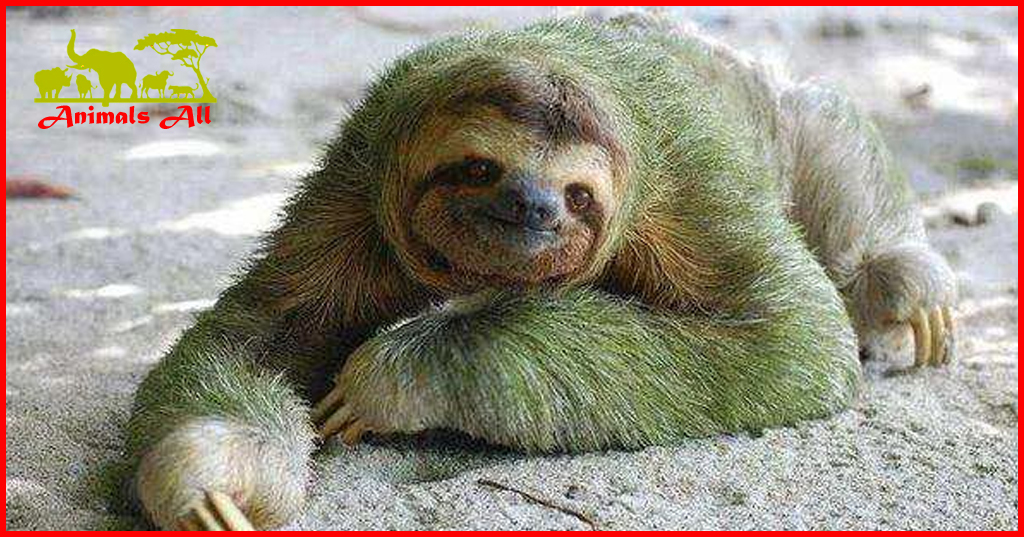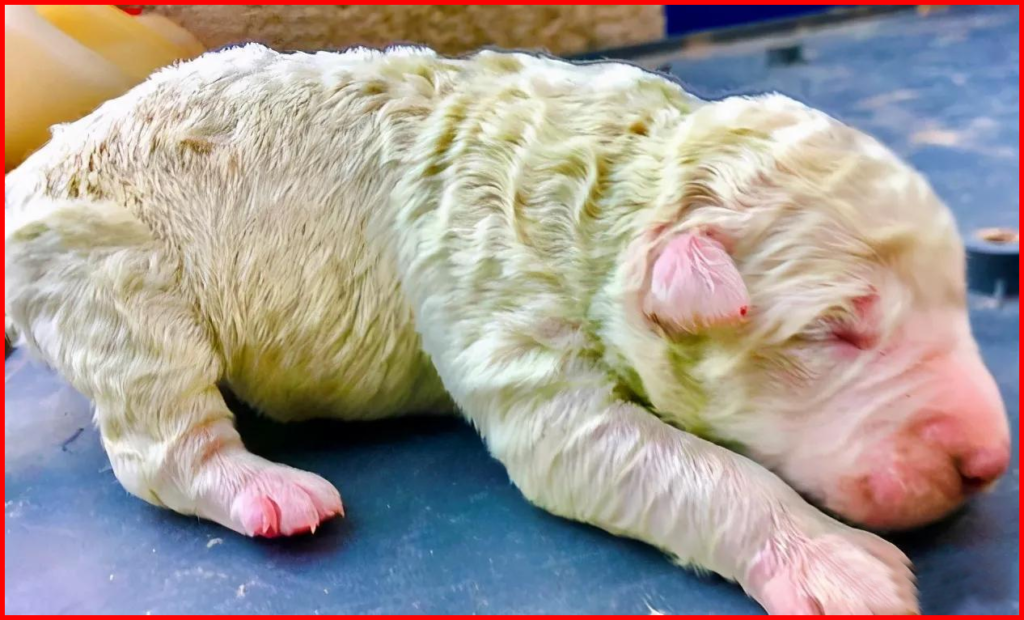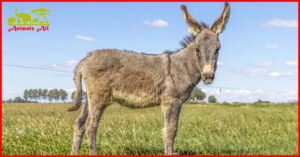
Why are there no green mammals in the world?
Mammals lack green because they lack the physiological mechanism to produce green pigments and hide themselves through camouflage to adapt to the natural environment. A few mammals have green cell substances in their bodies, but they are not the main pigments and are easily masked by the environment. The lack of green in mammals is due to the limitations of physiological and ecological characteristics.
Mammals, as a biological group of organisms, are also called the class Mammalia. In this group, we can see a variety of animals, some of which are very cute and lovable, such as our favorite cats and dogs. However, if you observe carefully, you will find that except for the red of blood and the golden yellow of hair, mammals rarely have bright colors, especially green mammals are almost impossible to find. Today, let’s explore why there are no green mammals.

First, let’s talk about it from the physiological structure. The color of mammals’ skin and hair is determined by pigments, which are biological molecules that are produced in the epidermis or subcutaneous tissue of animals. In mammals, they are mainly divided into melanin, pheomelanin, and promelanin. The higher the melanin content, the darker the color, the higher the pheomelanin content, the browner the color, and the higher the promelanin content, the redder the color. However, the green color is not aggregated into a pigment, which is why there is no green color in mammals.

Color characteristics
In addition, mammals’ eyes and retinas develop relatively late. And their light resolution and perception of the color characteristics of light sources are limited. The reason why mammals lack bright colors is that they need to hide themselves through camouflage. In the wild, ecological balance is drive by basic laws. One of which is the interaction between natural enemies and prey. In order to survive in the wild, animals need to learn how to protect themselves from the threat of natural enemies. Most mammals hide themselves by simulating the colors of the surrounding environment to avoid being hunt. Therefore, mammals tend to choose colors that exist in nature and are consistent with the surrounding environment. Which means that the colors of mammals are highly correlate with the surrounding environment.

In fact, this natural selection has resulted in very few bright colors in mammals, especially green. Relative to other colors, green is rare. Only a few mammals in the world have small amounts of green cellular material in their bodies. For example, some very common mammals such as domestic cats, brown seals and red deer have slight green tints in their eyes or fur. But these tend to be quickly mask in their natural environment.
Analysis
Genetics may also influence the color of mammals. Some tissue and analysis have found the presence of green chlorophyll waste in muscles and other body parts in mammals. Green chlorophyll is pass to the individual in the form of DNA. Which may also lead to the presence of small amounts of chlorophyll in some mammals. However, since they are not the main pigment, these colors do not persist.

In conclusion, why there are no green mammals is a rather subtle question. From a physiological structure point of view, mammals lack the physiological mechanism to produce green pigments. Which means that most mammals have difficulty in showing green colors. In addition, mammals use natural selection for camouflage. Which is also one of the reasons for the lack of diversity and bright colors in their colors. Therefore, the absence of green in mammalian colors can only be attribute to the various restrictions imposed by nature on their physiological and ecological characteristics.


One thought on “Why are there no green mammals in the world?”
Comments are closed.